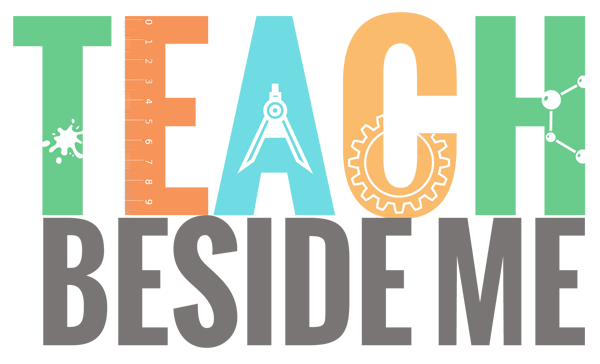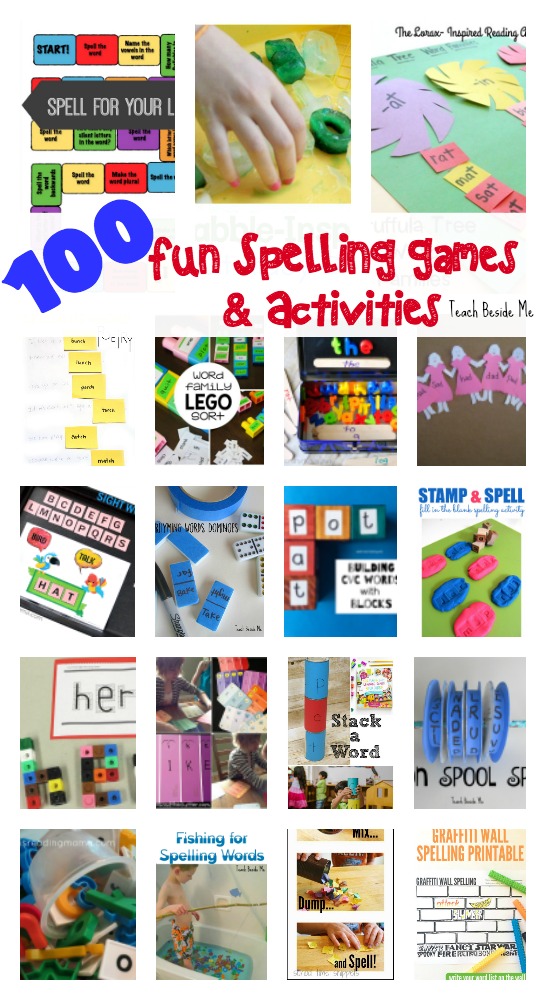The Science of Flight with Paper Airplanes
This post may contain affiliate links.
Today, we’ll explore the fascinating science of flight through some fun and entertaining paper airplane experiments. While airplanes sometimes feel like magic the way they stay afloat, there are scientific principles to explain it all!

We recently visited the Hill Airfare Museum in Ogden, UT. It is an amazing display of aircraft that the military has used over the years. I learned so much about airplane design and thought it would be fun to go deeper with my kids. My husbands grandfather was a pilot in WWII and we got to see the type of plane he flew during that time. It’s always great when we can incorporate some of our own family history into our lessons.
The Science of Flight:
Before we dive into making paper planes, let’s learn the basic principles and science of flight. There are four forces at play when it comes to keeping an object airborne: lift, weight (gravity), thrust, and drag.
Forces of Flight:
- Lift: Lift is the force that allows an object to rise against the force of gravity. It directly opposes the weight of an airplane and keeps it up. For airplanes, lift happens due to the aerodynamic shape of the airplane wing. The aircraft design causes the air to move faster on top of the wings causing greater air pressure on the bottom of the wing. This pressure difference helps lift the plane. This is also known as Bernoulli’s Principle. Newton’s third law of motion is in effect here, too. I’ll talk more about that in a minute.
- Weight (Gravity): Gravity is a force of attraction pulling everything to the center of the Earth. To stay in the air, an airplane needs to have enough lift to counteract its weight. Otherwise, the plane would not be able to fly.
- Thrust: Thrust is the forward force that propels an object through the air. When birds fly, they use flapping wings to thrust them forward. Airplanes use engines to create thrust and propel them forward. The thrust helps overcome the drag of the planes. We can also bring in Newton’s 3rd law of Motion to this: “for every action, there is an equal and opposite reaction.” Airplanes use a jet engine or a propeller. There is an expulsion of exhaust gases or air at high speed with these engines. The action is the expulsion of these gases in one direction, and the reaction is the equal and opposite force propelling or thrusting the aircraft forward.
- Drag: Drag is the resistance the airplane encounters as it moves through the air. It’s essential to balance the amount of thrust and the amount of drag for efficient and controlled flight. Drag is caused by friction and air pressure. Aeronautical engineers have learned to reduce drag by using smother materials and narrower wings. You may have thought that giant wings will make a plane fly better, but that’s not always the case!
Science of Paper Airplanes:
Now, let’s apply these principles to paper airplanes. Believe it or not, these simple paper airplanes follow the same scientific principles that keep jet planes in the air! Science is awesome like that.

- Aerodynamics: The shape of a paper airplane is critical for generating lift. Experiment with different folds and designs to find the best balance. I have some examples below! An aerodynamic shape will help your plane fly a greater distance through the air.
- Weight Distribution: Play around with the weight distribution of your paper plane. A well-balanced plane will fly more smoothly. Try adding paperclips to the nose or tail until you find a good balance.
- Thrust: The initial force you give your paper airplane when launching it is its thrust. Experiment with different launch angles and amounts of force to see how they affect the flight. You can even try launching it with a rubber band!
- Drag Reduction: Reduce your airplane”s drag by keeping the surfaces smooth. Avoid wrinkles and folds that could create extra resistance.
These same principles work when flying a kite, too! The principles of aerodynamics, lift and drag all apply to kites. Maybe I’ll do a post on that someday, too!
Science of Flight with Paper Airplanes:
Now that you know the basics, let’s conduct a little experiment. Create two paper airplanes with different designs and test which one flies farther. Observe how changes in wing shape, weight distribution, and thrust affect the flight. Don’t forget to record your findings!
Here are two of our favorite paper airplane designs. They are made the same way, one just starts with folding the paper widthwise and the other starts by folding it lengthwise.

The History of Flight:
Learning about the science of flight cannot be complete without a little knowledge about the history of it, too. All through the ages, man has wanted to learn to fly. There are some incredible stories of bravery and perseverance as people gradually learned more about the principles of flight.
Humans first flew above the ground in a hot air balloon. In 1783, the Montgolfier brothers successfully launched the world’s first manned hot air balloon in Annonay, France. The balloon rose to an altitude of about 6,000 feet and traveled over a mile. The science of how a hot air balloon flies is a whole other post, but many of the same scientific principles apply. I’ll share more not hat another day!
The first airplane flight was achieved by the Wright Brothers in 1903. Orville and Wilbur Wright, two bicycle mechanics from Ohio, achieved the first controlled, sustained, powered flight. Their airplane, the Wright Flyer, took off from Kitty Hawk, North Carolina, and flew for just 12 seconds. It covered a distance of 120 feet. Following their flight, the technology quickly advanced with many others jumping in to help.
The first flight into space is also a monumental moment in the history of flight. In 1961, Yuri Gagarin from the Soviet Union became the first person in space. The Vostok 1 circled the Earth at a speed of 17,000 mph! with his flight lasting 108 minutes. Isn’t it amazing that in just over 50 years, we went from the first 12 second flight to a flight into space!
Whether your kids are flying paper planes through the living room or dreaming of becoming a pilot one day, understanding the science of flight is the key to understanding how it all works. So, let your kids keep experimenting. Maybe one day they will design the next generation of airplanes!
See More Fun Science Activities:
STEM Engineering for Kids: Make a Bubble Blower Machine
Engineering: Make Paper Hold Up Books!
The COOLEST Science Art Projects for Kids
Do you have my Science Art book yet? Be sure to grab your copy for more awesome science ideas!






